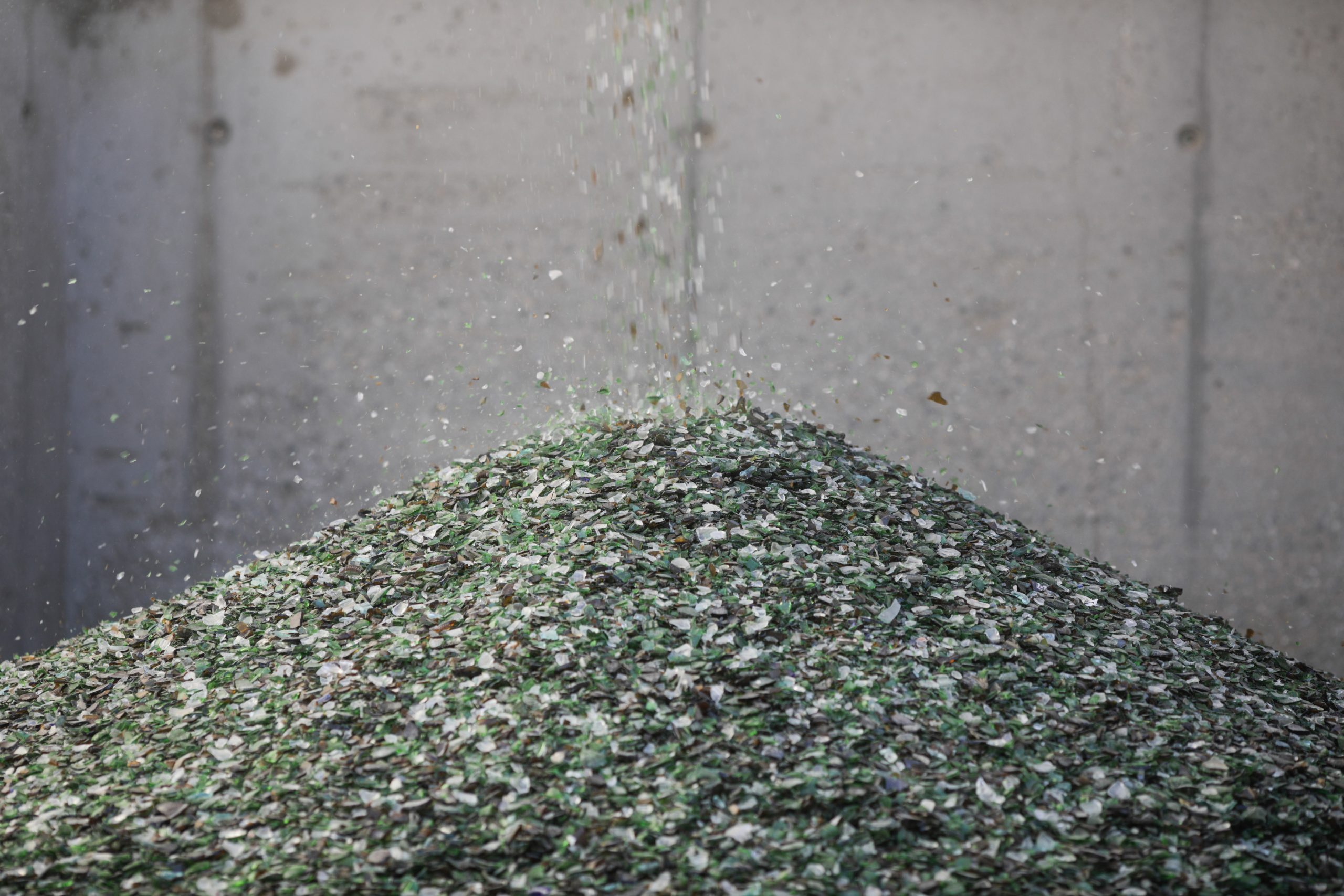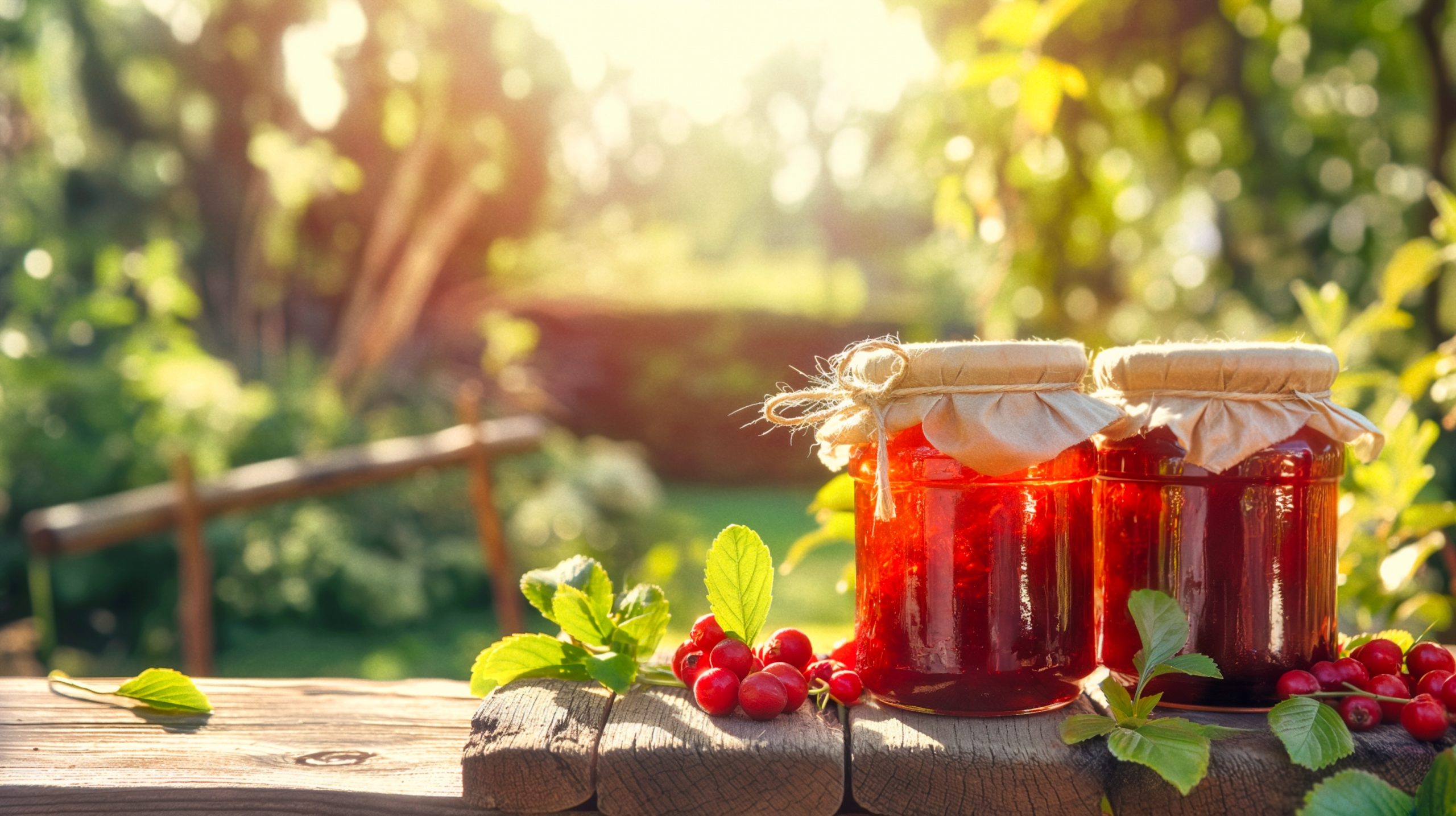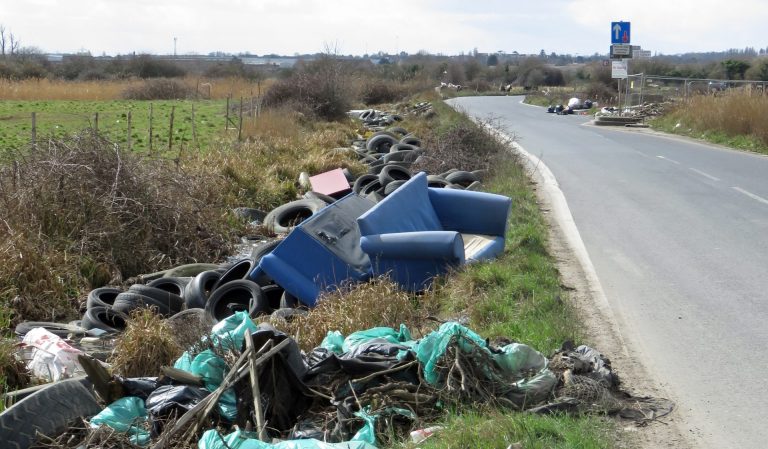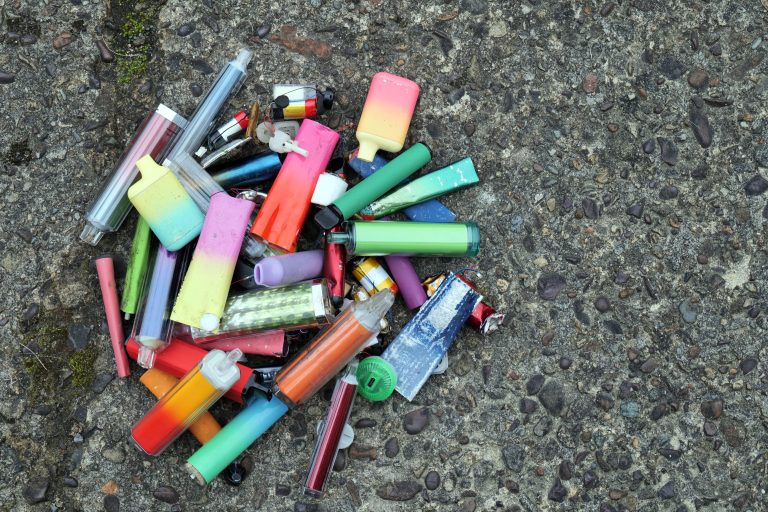Glass jars are common household items often used for food, beverages, or cosmetics. Once their contents are consumed, many people discard them without realising that glass can be recycled and reused in various ways, benefiting the environment. This blog follows the journey of a glass jar from disposal to reuse, explaining the recycling process and its environmental benefits.
- Collection: The First Step
The recycling process begins when you place a glass jar in the recycling bin. Depending on your area, glass may be collected separately or mixed with other recyclables like paper, plastic and metal.
- Curbside Collection: In many places, glass jars are picked up during regular curbside collections, either in separate bins or along with other materials.
- Recycling Centres: After collection, the glass is transported to a recycling facility where it’s sorted and processed for reuse.
- Sorting and Cleaning
At the recycling facility, glass jars are sorted and cleaned to prepare them for reuse.
- Separation: Glass is separated from other materials like plastic and metal, either manually or using automated machines.
- Cleaning: Jars are washed to remove any food residue, labels, or contaminants. This is crucial for ensuring the quality of the recycled glass.
- Removing Contaminants: Non-glass materials, such as plastic lids or metal caps, are removed for separate recycling.
- Shredding: Breaking Down the Glass
Once cleaned and sorted, the glass is shredded into small pieces, known as cullet.
- Cullet: Cullet is crushed glass that is used in the recycling process. It lowers the melting temperature in the furnace, making the process more energy efficient.
- Shredding: The glass is passed through a shredder, breaking it into small fragments. These are sorted by size to ensure only suitable cullet is used for further processing.

- Melting and Moulding
The cullet is melted in a furnace to create new glass products.
- Melting: The cullet is heated to temperatures between 1,400°C and 1,600°C, turning it into molten glass.
- Moulding: Once melted, the glass is poured into moulds to form new products like bottles, jars, or containers. For example, recycled glass from jars can be used to make new glass containers for food and beverages.
- Energy Efficiency: Using recycled glass requires less energy because cullet melts at a lower temperature than raw materials, saving up to 30% of the energy typically needed.
- Quality Control and Inspection
After moulding, the new glass products undergo quality control checks.
- Quality Checks: The products are inspected for consistency, strength and clarity, with any imperfections corrected.
- Cooling: The glass is slowly cooled to prevent cracking, ensuring it remains durable.
- Repackaging and Distribution
Once the new glass products pass quality control, they are repackaged and distributed.
- Packaging: The new products, whether jars, bottles, or other glass containers, are packaged for shipment to manufacturers, retailers, or consumers.
- End Use: These products are used for food, beverages, cosmetics and other items. As these products are used, cleaned and recycled again, the recycling cycle continues.
Why is Recycling Glass Important?
Recycling glass offers several environmental benefits:
- Conserving Raw Materials: Recycling glass reduces the need for raw materials like sand and soda ash, helping conserve natural resources.
- Energy Savings: Recycling glass uses less energy than making new glass from raw materials, saving up to 30% of the energy needed.
- Reducing Greenhouse Gas Emissions: Less energy consumption means fewer carbon emissions, helping fight climate change.
- Reducing Landfill Waste: Glass doesn’t break down easily, so recycling prevents it from filling landfills.
- Infinite Recyclability: Glass can be recycled indefinitely without losing quality, making it a truly sustainable material.

Challenges in Glass Recycling
While glass recycling is beneficial, there are some challenges:
- Contamination: Glass jars with food residue or non-glass materials like plastic lids can be difficult to recycle. Rinsing jars and removing lids ensures they are properly processed.
- Transport: Glass is heavy, making transportation costly. However, the environmental benefits of recycling glass outweigh these challenges, especially when the process is efficient.
The recycling journey of a glass jar illustrates how materials can be reused sustainably. From collection and sorting to shredding, melting and molding, glass recycling conserves resources, saves energy, and reduces waste. By recycling glass, we contribute to a more sustainable economy where materials are reused, and waste is minimised. So, the next time you finish a glass jar, remember that it can be transformed into something new and useful, continuing its life cycle in an environmentally responsible way.
















